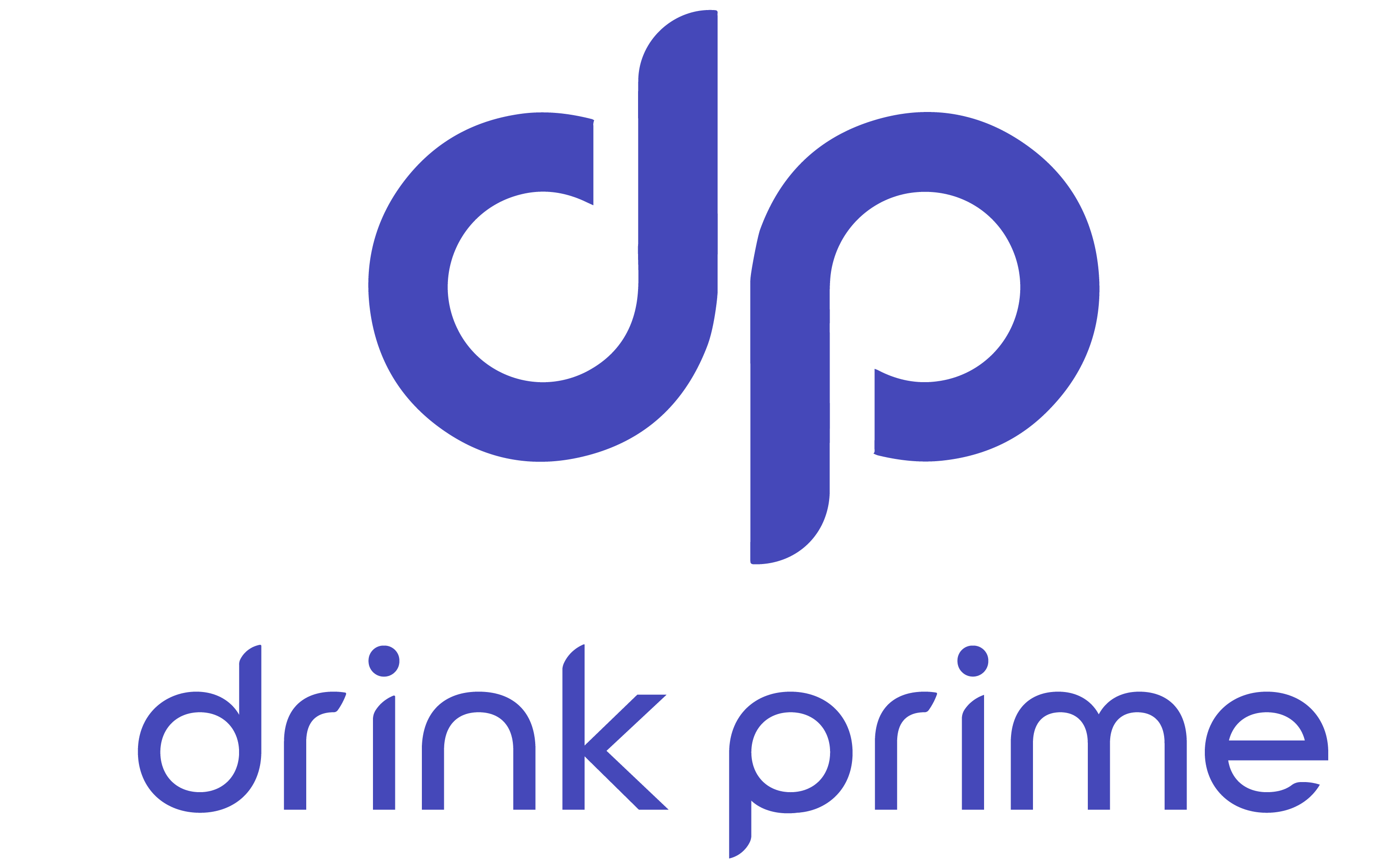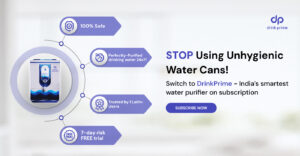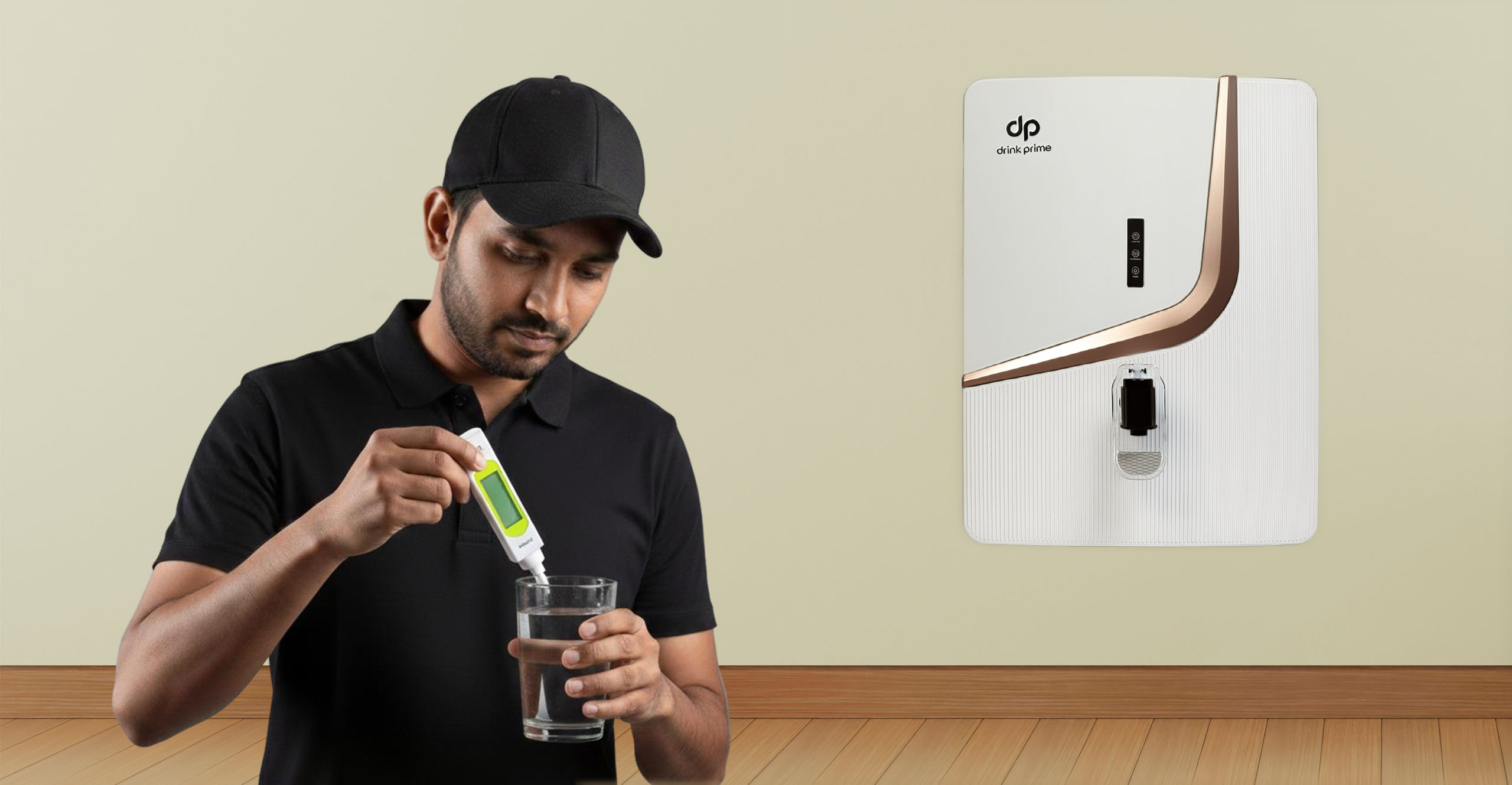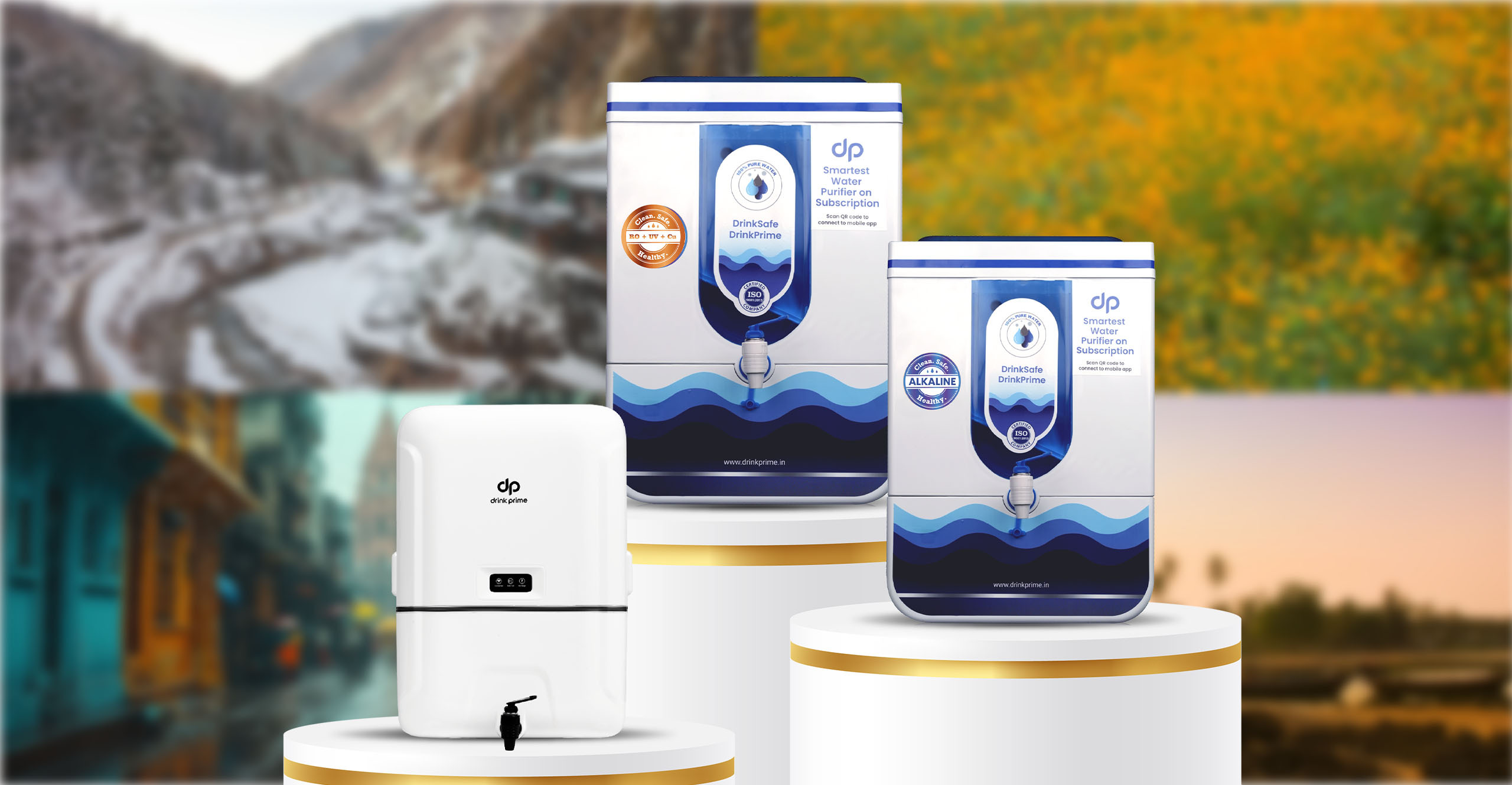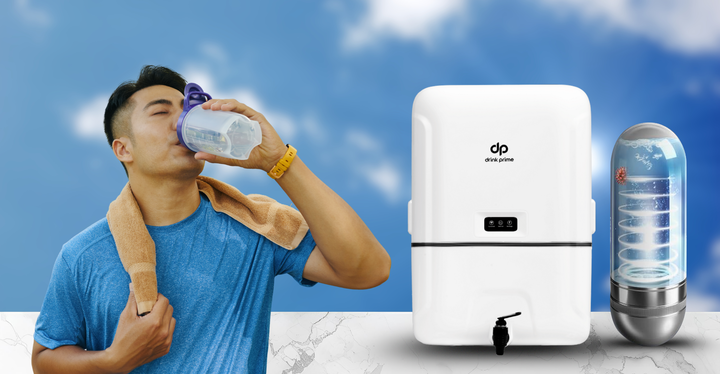Air quality is constantly monitored to ensure the safety of our environment, but what about the often-overlooked counterpart, water quality?
We all know about checking the air quality before heading out, but what about the water we drink? It’s just as important, maybe even more! Just like the air we breathe, water quality isn’t always constant. Yep, you read that right – it can fluctuate, sometimes from city to city, area to area, and even within the same area as well!
Luckily, the tide is turning, and people are finally catching on. Just like the growing awareness of air quality, folks are waking up to the importance of consuming safe drinking water. This is where real-time water quality monitoring comes into the picture.
In this blog, we delve into what real-time water quality monitoring is, why it is important, and how it is done.
Let’s dive in!
Why is real-time water quality monitoring important?
Water quality stands as a vital determinant of our daily well-being, influencing our health in profound ways. Across diverse cities and changing seasons, the observable fluctuations in total dissolved solids (TDS), hardness, and pH levels of drinking water underscore a significant reality – the water you consume might vastly differ from that of a friend residing in another state.
While headlines often spotlight air quality concerns, particularly in cities like Delhi, it is crucial to recognize that the water we drink plays an equally crucial role in our overall health. The importance lies not just in the quantity of water we consume but, more significantly, in its quality.
Protects your health
The dynamic nature of water quality demands continuous real-time water quality monitoring. Fluctuations in TDS, hardness, and pH levels can lead to variations in taste, odor, and overall composition. Beyond the aesthetic aspects, the health implications of poor water quality are severe. Exposure to contaminated water over time can elevate the risk of life-threatening diseases, including cancer, diarrhea, dysentery, and more.
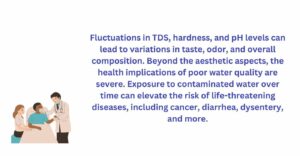
Can help prevent a health crisis
Unlike air quality, which has garnered widespread attention, water quality often slips under the radar until a crisis unfolds. The gradual, cumulative impact of consuming water with high levels of impurities can be detrimental to public health. Hence, the need for real-time water quality monitoring is not just a suggestion but a paramount necessity.
Helps implement targeted policies
Understanding the distinct characteristics of water in different regions and seasons is key. Authorities can implement targeted interventions by adjusting water treatment processes, enhancing purification methods, and ensuring that water standards are consistently met. Public awareness about the importance of monitoring water quality is equally crucial. Citizens need to be informed about potential health risks associated with poor water quality and empowered to advocate for better standards.
How can water quality be monitored?
Monitoring water quality is a multifaceted process crucial for ensuring the safety of our drinking water. Various methods are employed to assess different aspects of water composition and identify potential contaminants.
Chemical testing
This plays a pivotal role in this process, involving the analysis of water samples to detect the presence of harmful substances such as heavy metals, pesticides, and microbial organisms. It provides essential insights into the chemical makeup of water, guiding purification efforts.
Physical testing
Physical testing complements chemical analysis by evaluating the physical properties of water. Parameters such as temperature, turbidity, and color are assessed to identify any abnormalities that may indicate potential issues with water quality.
Biological testing
This focuses on monitoring the presence of bacteria, viruses, and other microorganisms. By utilizing biological indicators, water quality experts can identify potential health risks and take appropriate measures to mitigate them.
In the era of advanced technology, remote sensing has also become a valuable tool in real-time water quality monitoring. Satellite imagery and remote sensors enable the detection of changes in water quality from a distance, providing a comprehensive view of large water bodies and identifying potential areas of concern.
Real-time sensors have emerged as a game-changer in water quality monitoring. By installing sensors that provide instant data on water parameters, authorities can respond quickly to any fluctuations and implement timely interventions to maintain water safety.
How does DrinkPrime do it?
At DrinkPrime, we recognize the critical importance of real-time water quality monitoring in ensuring clean, safe, and healthy drinking water for our subscribers. This is how we do it</sp
Area-wise water quality monitoring
DrinkPrime actively monitors water quality in different areas of the cities by collecting and analyzing water samples from households. This data is used to identify the specific purification needs of each area.
Proactive water purification measures
Based on the water quality data, DrinkPrime takes proactive measures to ensure that residents have access to clean and safe drinking water. This involves custom-building water purifiers with specialized filters to suit the particular area’s water quality.
IoT-enabled monitoring
DrinkPrime’s IoT-enabled water purifiers play a critical role in this process by providing real-time data on water quality and water consumption patterns. This data is used to optimize the performance of the water purifiers and ensure that they are effectively removing contaminants from the water.
IoT-enabled monitoring is a key component of our approach to water quality management. The real-time data provided by these systems allows us to
Identify and address water quality issues quickly
We can quickly identify and address water quality issues by monitoring for sudden changes in water parameters, such as an increase in TDS or hardness.
When you subscribe to DrinkPrime, you’re not just investing in a generic water purification system. We take into consideration the specific water quality of your location. This customized approach ensures that our water purifiers are designed to address the particular contaminants and characteristics present in your area.
Get 7 Days Risk Free Trial
Conclusion
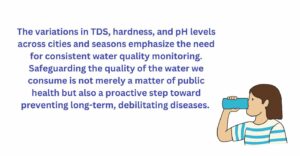
This is why just as air quality garners recurring concerns, water quality deserves equal attention. The variations in TDS, hardness, and pH levels across cities and seasons emphasize the need for consistent monitoring. Safeguarding the quality of the water we consume is not merely a matter of public health but also a proactive step toward preventing long-term, debilitating diseases. Prioritizing real-time water quality monitoring ensures that every sip we take contributes positively to our collective well-being.
